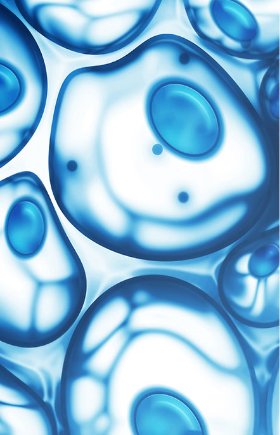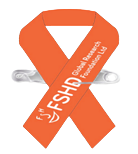THE HISTORY OF FSHD
FSHD Global funds first grants:
Professor Christina Mitchell and her team received funding to study the role of FHL1, calcineurin and NFAT in reducing muscle wasting in FSHD. Work from this grant lead to a better understanding of the role of FHL1 in myoblast fusion.
Sydney IVF awarded funding to generate the first embryonic stem cell line with the FSHD mutations. These cells advanced research into FSHD around the world.
Baziel van Engelen and his team received funding to investigate biomarkers for FSHD to help with diagnosis and research into FSHD by providing researchers with markers that will measure treatment effect.
This work was able to characterise muscle features of FSHD that can be measured by MRI. This was part of a larger study that was looking at the effect of exercise and cognitive behavioural therapy for people with FSHD and chronic fatigue.

FSHD Global provides funding for Dr Jean Mah to conduct a study into infantile FSHD, that is FSHD that effects children and adolescents.
2016
A study from the Netherlands estimated the prevalence of FSHD to be 12 per 100,000.
2014
Mutations in SMCHD1 are shown to also modify FSHD symptoms in people with FSHD1
2013
Some (but not all) instances of FSHD2 are linked to mutations in a gene called SMCHD1.
2012
FSHD Global provides funds to further develop FSHD embryonic stem cells into skeletal muscle cells. This research identifies unique muscle development pathways that are being used to develop new therapies.
Paper published in the journal Science reported the unifying genetic model of FSHD: that the underlying genetics of FSHD was mutations in the D4Z4 region lead to a ‘toxic gain of function’ in DUX4.
2010
FSHD1 and FSHD2 are used to describe FSHD symptoms that are associated with a reduction in D4Z4 repeats (FSHD1) and symptoms that are not associated with repeats (FSHD2)
2009
Prevalence* of FSHD estimated to be 4 per 100,000 by Orpha.net. Now estimated at 1 in 7,500
FSHD Global Research Foundation established
DUX4 is shown to be toxic to muscle cells and increased amounts of DUX4 are seen in muscle cells from people with FSHD
The link between reduced D4Z4 regions and increased amounts of protein from genes in that area is first described.
The DUX4 gene discovered
Identical twins are discovered who have the exact same genetic mutation, but very different symptoms.
FSHD Region Gene 1 (FRG1) is discovered beside the D4Z4
Sequencing of the region associated with FSHD shows that it does contain a gene, but that the D4Z4 region does not.
The region associated with FSHD is found to have multiple repeat units (D4Z4) with FSHD being associated with fewer than 11 D4Z4 units.
FSHD is linked to recombination event that shortens a region in the 4q35 area
FSHD is linked to alterations on the long arm of chromosome 4 near the tip (4q35)
It was not until 1952 that a formal definition of the clinical features of FSHD was developed. This was based on a large family (1249 individuals!) from Utah who were affected by FSHD. The study was the first to describe the inheritance and the term FSHD was coined.
The same physicians publish a paper on FSHD which describes the familial pattern of the condition.
FSHD first described by French physicians Louis Landouzy and Joseph Dejerine.



